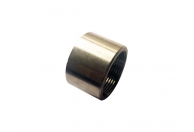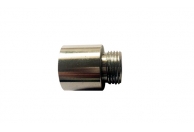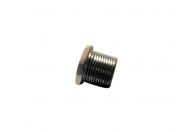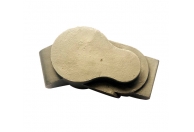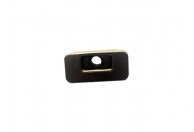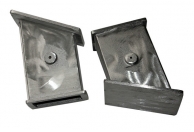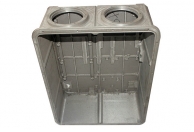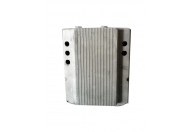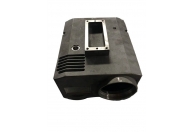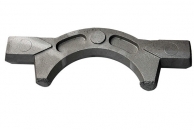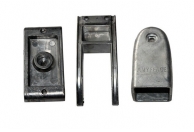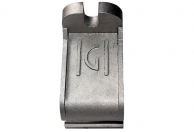- News Center
 Company news
Company news Industry information
Industry information
- Stainless steel 06
- Stainless steel 07
- Stainless steel 05
- Stainless steel 03
- Stainless steel 04
- Stainless steel 01
- Stainless steel 02
- Aluminum castings 05
- Aluminum castings 04
- Aluminum castings 03
- Aluminum castings 02
- Aluminum castings 01
- Aluminum die-casting product 08
- Aluminum die-casting product 07
- Aluminum die-casting product 06
- Aluminum die-casting product 05
Company news
Position:Home > News Center > Company news
- Controlling the heating process of aluminum castings to cope with deformation
- Editor:Hangzhou Hongcheng Pml Precision Mechanism LtdDate:2016-06-27 15:21 Click:
for large aluminum castings, in actual production, due to the deformation caused by heat treatment, the influence on the subsequent process is very important, and the amount of the scrap is quite a lot due to the excessive deformation. Hongcheng is a professional aluminum casting, aluminum foundry , of course, there are ways to deal with it. In order to reduce and control the deformation of heat treatment for large aluminum alloy castings, the heat treatment deformation can be reduced by optimizing the heat treatment process parameters, adding the isothermal stage, controlling the heating rate, the heating temperature of the parts and increasing the temperature of the quenched water.
aluminum parts during heating up, the surface temperature rises rapidly, the heart temperature rises slowly, the surface and the heart exist temperature difference, that is, there is thermal stress. The faster the heating speed is, the larger the wall thickness of the parts is, the greater the temperature difference will be, and the greater the thermal stress will be. The heating curve of aluminum castings is heated, please look at the following figure.
 therefore, it can reduce thermal stress by reducing heating speed and effectively reduce the heating deformation of parts. For the parts with small size and simple shape, the heating speed has little effect on the deformation of aluminum castings. The heating temperature can be heated directly to the specified heating temperature. The heating speed is determined by the heating capacity of the equipment. But for large aluminum alloy castings with large size, complex shape and large wall thickness, the influence of heating speed on aluminum casting deformation is very prominent. In order to reduce the thermal stress produced by heating. The heating process of solid solution must be controlled.
therefore, it can reduce thermal stress by reducing heating speed and effectively reduce the heating deformation of parts. For the parts with small size and simple shape, the heating speed has little effect on the deformation of aluminum castings. The heating temperature can be heated directly to the specified heating temperature. The heating speed is determined by the heating capacity of the equipment. But for large aluminum alloy castings with large size, complex shape and large wall thickness, the influence of heating speed on aluminum casting deformation is very prominent. In order to reduce the thermal stress produced by heating. The heating process of solid solution must be controlled. 




